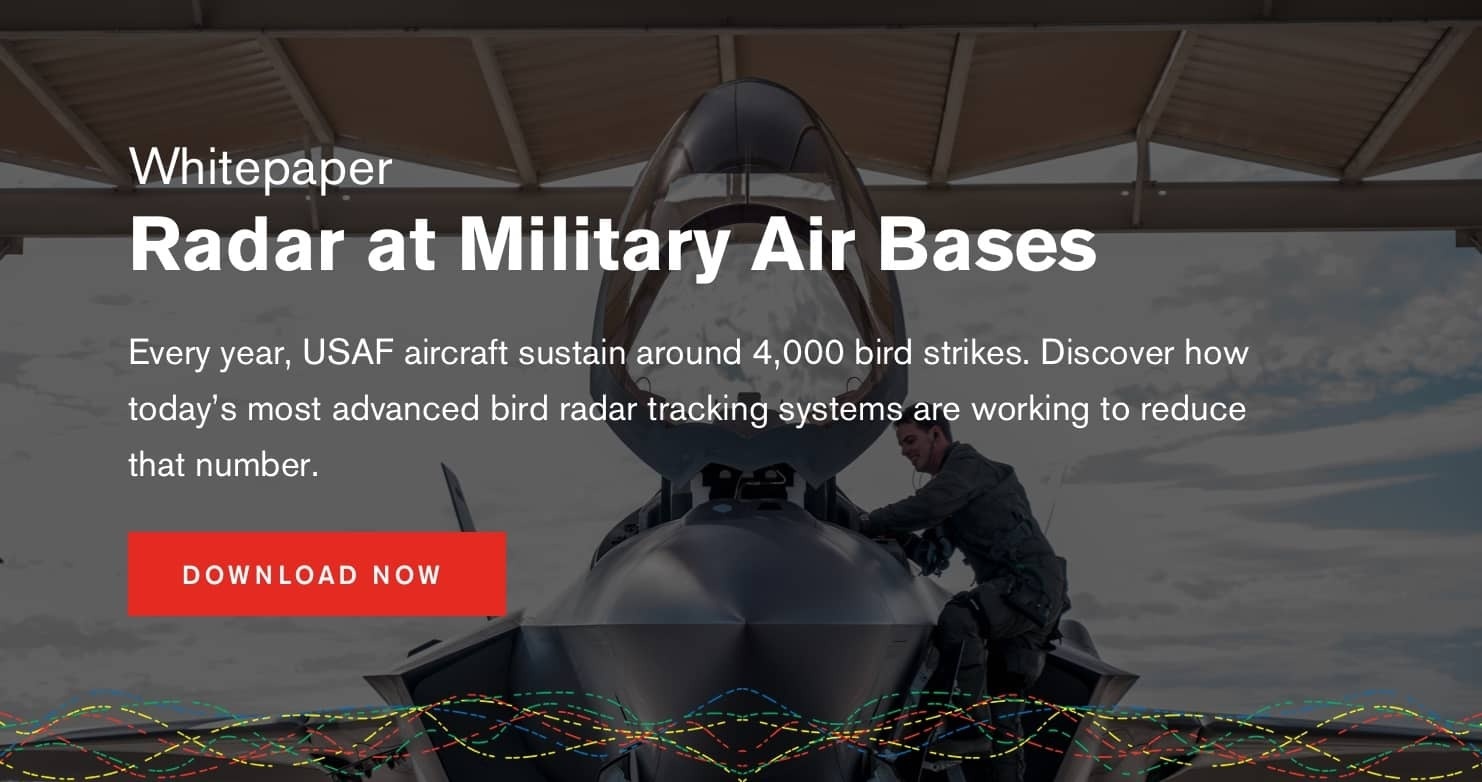After successful completion of a trial period, Robin Radar Systems was awarded a 5 year Bird Detection System (BDS) contract for RAF Lossiemouth to help protect jets from bird strikes.
The total investment exceeds £1.4 million pounds and will run until March 2027. The new agreement also includes the option of a drone module and additional yearly training to be provided.
As part of Project Winchell, RAF Lossiemouth became the first Royal Air Force station in the UK to install an avian radar system, and has had a MAX in operation since January 2021. Over the past year, the radar system has gathered 24/7 relevant data about bird movements along the airfield, assisting to plan and manage the risks posed by birds to flight operations.
With the coastal location, and close proximity to a number of pig farms which attract birds, the station is particularly vulnerable to the threat of bird strikes.
At the same time as the world was seeing an increase in the rate of bird strikes globally as a result of the pandemic, the air traffic at Lossiemouth increased exponentially; therefore a system was needed to counter the danger posed to the airfield.
In response to this threat, Project Winchell was introduced as a 12 month ‘proof of concept’ trial that used a MAX advanced 3D Bird Radar to map avian activity around the airfield.
Prior to this, flight activity at RAF Lossiemouth was greatly minimised during periods of peak bird activity to mitigate the risk of bird strikes. This downtime was incredibly costly and disruptive to the operations of the airfield, keeping aircraft grounded for extended periods.
MAX provides real-time height and positional information of airborne targets in 360 degrees, and can accurately track avian activity as far as 10km. The data garnered from MAX on bird movements over the past year has enabled Lossiemouth to plan its flight scheduling accordingly and scale operations effectively.
The findings from the trial period will also provide valuable research for other RAF stations in the future; contributing to a more strategic approach to mitigating bird strikes at air bases.
